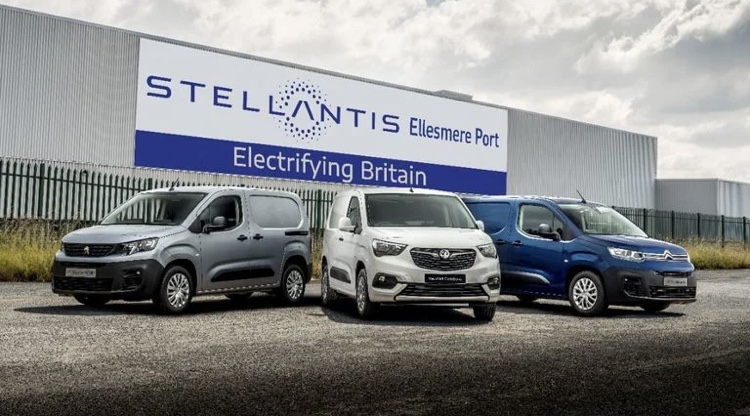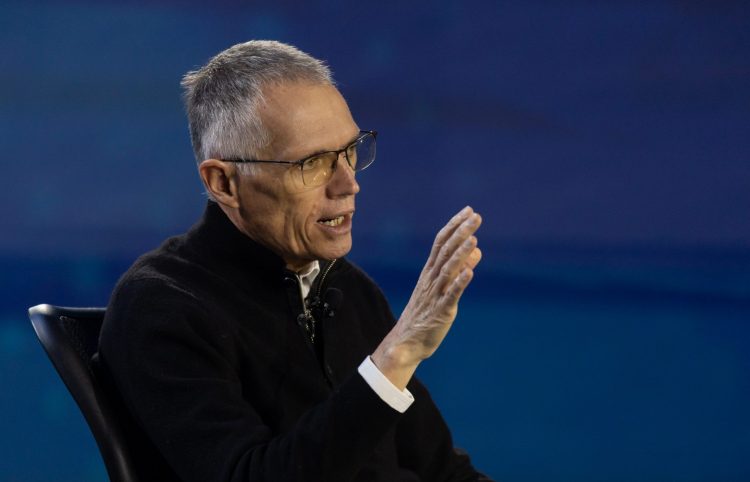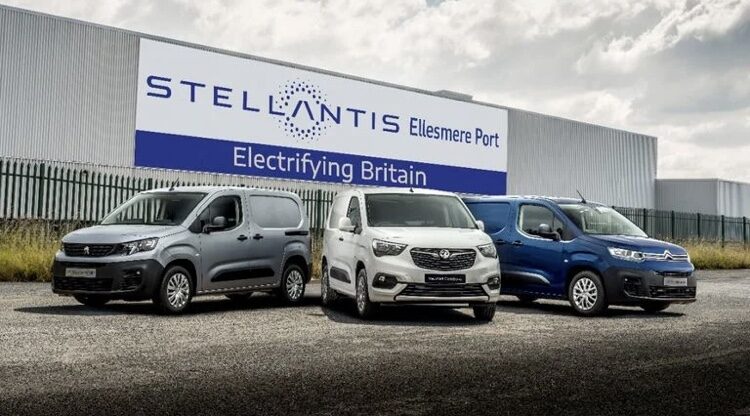Automaker unveils digital AI revolution
Vans made at the Stellantis factory at Ellesmere Port will come equipped with ‘future-proofed’ upgradable technology that will include autonomous driving capability. Tony McDonough reports

A new generation of electric vans to be made at the Stellantis auto plant at Ellesmere Port will be the most digitally-advanced in the world, using upgradeable AI technology.
In July the global automotive giant announced the future of the long under-threat Vauxhall Astra factory in Cheshire was to be made secure. It will be converted to produce electric vans in a £100m investment that will safeguard more than 1,000 jobs.
Now Stellantis has said all of its brands, including Peugeot, Citroen, Fiat, Chrysler, Jeep, Alfa Romeo, Maserati and Vauxhall, will come equipped with “fully-connected” technologies in a £25bn investment over the next few years.
It says it will become more of a technology company than a traditional carmaker. Its vehicles, including those assembled at Ellesmere Port, will be future-proofed so that upgrades can be downloaded rather than having to be physically installed. This is similar to updates that we download onto our phones or home computers.
READ MORE: City region carmakers see dramatic 2021 turnaround
Stellantis will create three new platforms – STLA Brain, STLA SmartCockpit and STLA AutoDrive. It will employ 4,500 software engineers by 2024, supported by a dedicated software academy, to deliver the change. It will also engage in external partnerships, including one with Taiwanese technology giant Foxconn. Details of the platforms:
- STLA Brain is a vehicle control system which is much faster and far more advanced than current in-vehicle systems. It will have 30 modules, against 10 today, making it highly flexible. It will offer frequent updates without the need for new hardware significantly cutting upgrade and maintenance costs.
- STLA SmartCockpit will sit on top of STLA Brain and will “seamlessly integrate” with the digital lives of vehicle occupants to create a “customisable third living space”. It will offer navigation and voice control functions, as well as an application store and payment services.
- STLA AutoDrive is being developed in partnership with BMW. It will offer vehicles autonomous driving, allowing the driver to let the on-board computer take control of the steering, throttle and brakes. However, this capability will remain locked to drivers until lawmakers across Stellantis markets approve its use.
Stellantis says it will have the new platforms installed in 34m vehicles by 2030, generating billions of pounds in revenues. This transformation will move Stellantis’ vehicles from today’s dedicated electronic architectures to an open software-defined platform that “seamlessly integrates with customers’ digital lives”.

Carlos Tavares, chief executive of Stellantis, said: “Our electrification and software strategies will support the shift to become a sustainable mobility tech company to lead the pack, leveraging the associated business growth with over-the-air features and services, and delivering the best experience to our customers.
“With the three all-new AI-powered technology platforms to arrive in 2024, deployed across the four STLA vehicle platforms, we will leverage the speed and agility associated with the de-coupling of hardware and software cycles.”
The Stellantis software strategy works hand-in-hand with the company’s vehicle electrification plans, detailed at EV Day in July 2021, which targets that more than 70% of its vehicle sales in Europe and more than 40% of vehicle sales in the US will be low emission vehicles (LEV) by 2030.

